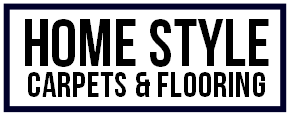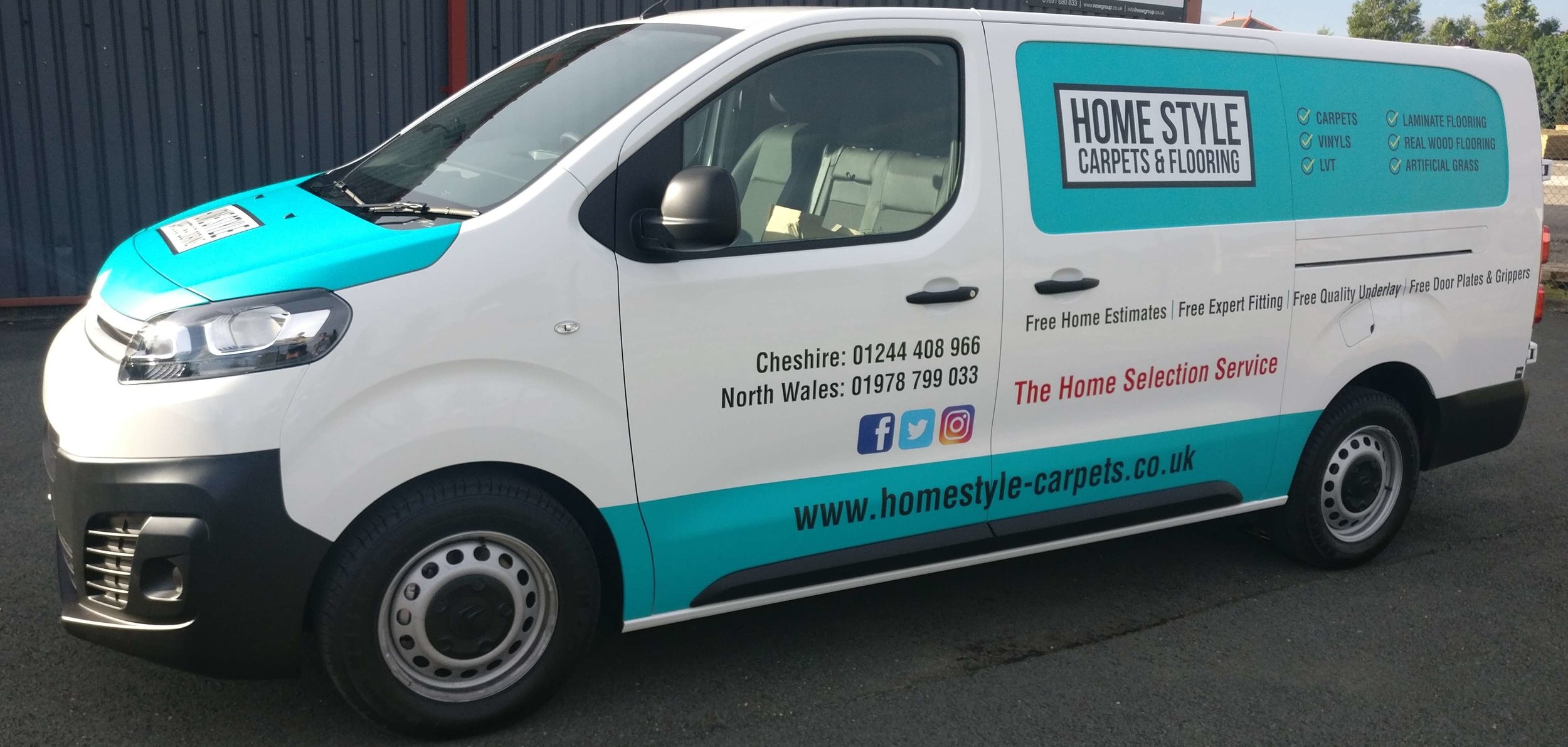How to clean and care for your LVT flooring
/Luxury vinyl tile (LTV) flooring is a kind of material that is chosen by people who want their floors to look attractive while also being cost-effective and easy to clean and maintain. It can be made to accurately replicate the look of everything from wood to ceramic or stone-tiled floors at a fraction of the cost of any of those.
It is also comparatively simple to keep in a good standard. However, good cleaning and maintenance will still be needed if you want to retain the appeal of your LVT floors.
So how should you go about that?
Dealing with loose debris
All floors inevitably end up with loose bits of dirt and debris during the day. That can be from food spillages or just things picked up by boots and shoes and brought into the home. There are two methods for removing this sort of surface debris from LVT floors either of which will work very well.
The first is to use a vacuum cleaner suitable for hard flooring material like LVT. If you are not sure whether that applies to your vacuum cleaner, or you do not have one, using a dustpan and brush will be just as effective.
After these pieces of debris have been cleared away, it will be best to wash the floor. A cloth or a mop will be fine for that, but make sure that they have been wrung out thoroughly before starting, because they should be damp rather than sopping wet. An electric mop will be the best option of all, because it enables you to manage the water level better and will buff your floor afterwards to help prevent unsightly streaks.
Sweeping and washing an LVT floor is something that you should do either one or two times per week. The frequency will depend on how often the room is used.
You can deploy specialist cleaning fluids on an LVT floor but be certain that they are suitable for it before you apply them. Never add wax to this type of flooring though, because it will make the surface slippery and dangerous as well as dulling the look of the tiling.
Getting rid of stains
LTV floors are often fitted in rooms such as kitchens where stains from food and drink spillages are very likely to occur. That need not be a problem, but it is important to know the correct cleaning method for dealing with stains.
Soaking a cloth in hot water and a LVT-friendly detergent cleaner, wringing it out until it is damp and applying it to the stains will be the best first option for getting rid of them. If the stain in question is from something greasy it may be more stubborn and resistant to cleaning though, in which case a brush with soft bristles should be the next step. Move the brush in circular motions and with a gentle touch until the stain is gone.
Afterwards the floor should be given a wipe with fresh water and a damp cloth, before being buffed for quicker drying and no streaks.
Caring for LVT floors to maintain their appearance
You now know what the basic cleaning methods are for LVT floors, but beyond that there are some other steps that you can take to care for them. These will help to ensure that the tiles last longer and maintain their optimum appearance.
1. Use mats
Having mats at every entry point to your house or commercial premises is a very good idea. These will trap things like moisture and particles of dirt and debris to prevent them getting onto the floors in the first place.
That will save you cleaning time and will also ensure the floors stay looking good for longer.
2. Minimise sunlight
If the LVT is being fitted on a floor that will be exposed to a lot of harsh sunlight, it can be a smart move to try to minimise that. This is because sunlight can cause the tiling to become faded or discoloured.
Keeping any blinds or curtains closed during peak periods of sunshine will do that. Of course, if it is commercial flooring that will probably not be a viable option. However, it is possible to get LVT flooring that comes with UV protection that will prevent harsh sunlight from damaging it.
If the flooring is to be fitted in a commercial setting or a room in a house such as a conservatory, having that UV protection will be essential.
This should give you an overview of the basics of cleaning and caring for an LVT floor. Carry out light cleaning on a regular basis while making sure to avoid getting too much water on the floor when washing it for the best results, and protect it from harsh sunlight if it does not have UV protection.

